Figure 1. The four main parts of the flower are the calyx, corolla, androecium, and gynoecium. The androecium is the sum of all the male reproductive organs, and the gynoecium is the sum of the female reproductive organs. (credit: modification of work by Mariana Ruiz Villareal) The outermost whorl of the flower has green, leafy structures known.. A flower, also known as a bloom or blossom, is the reproductive structure found in flowering plants. The apex of a flowering stem forms a terminal swelling which is called the torus or receptacle. In the majority of species, individual flowers have both pistils and stamens. These flowers are described by botanists as being perfect,.

Ovary of a Flower
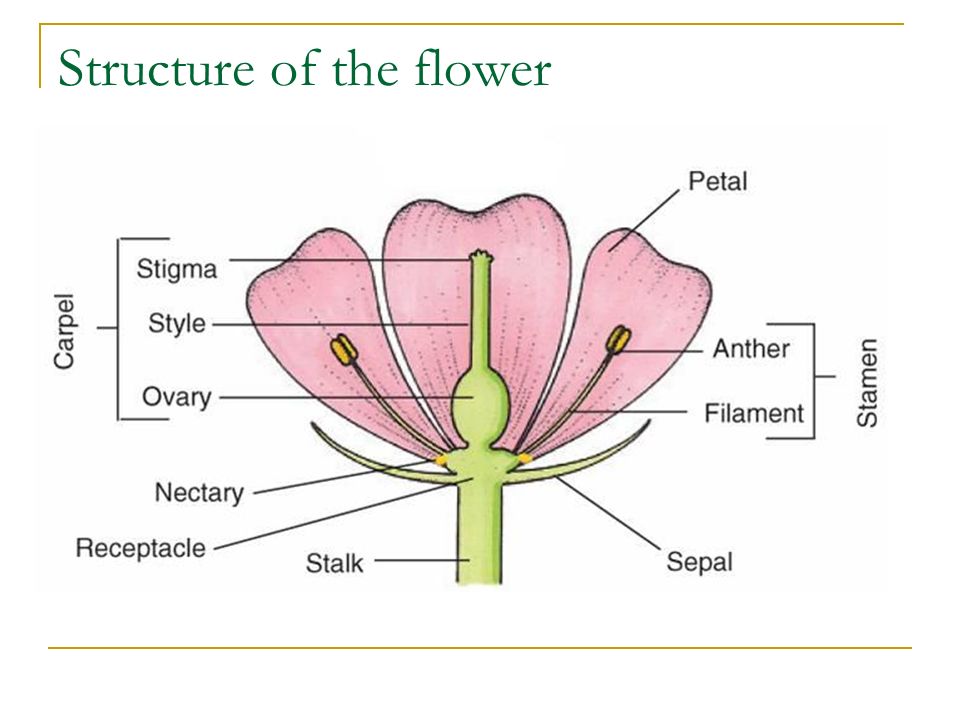
Types of reproduction in plants, Typical flowers, Structure and sex of flower Science online
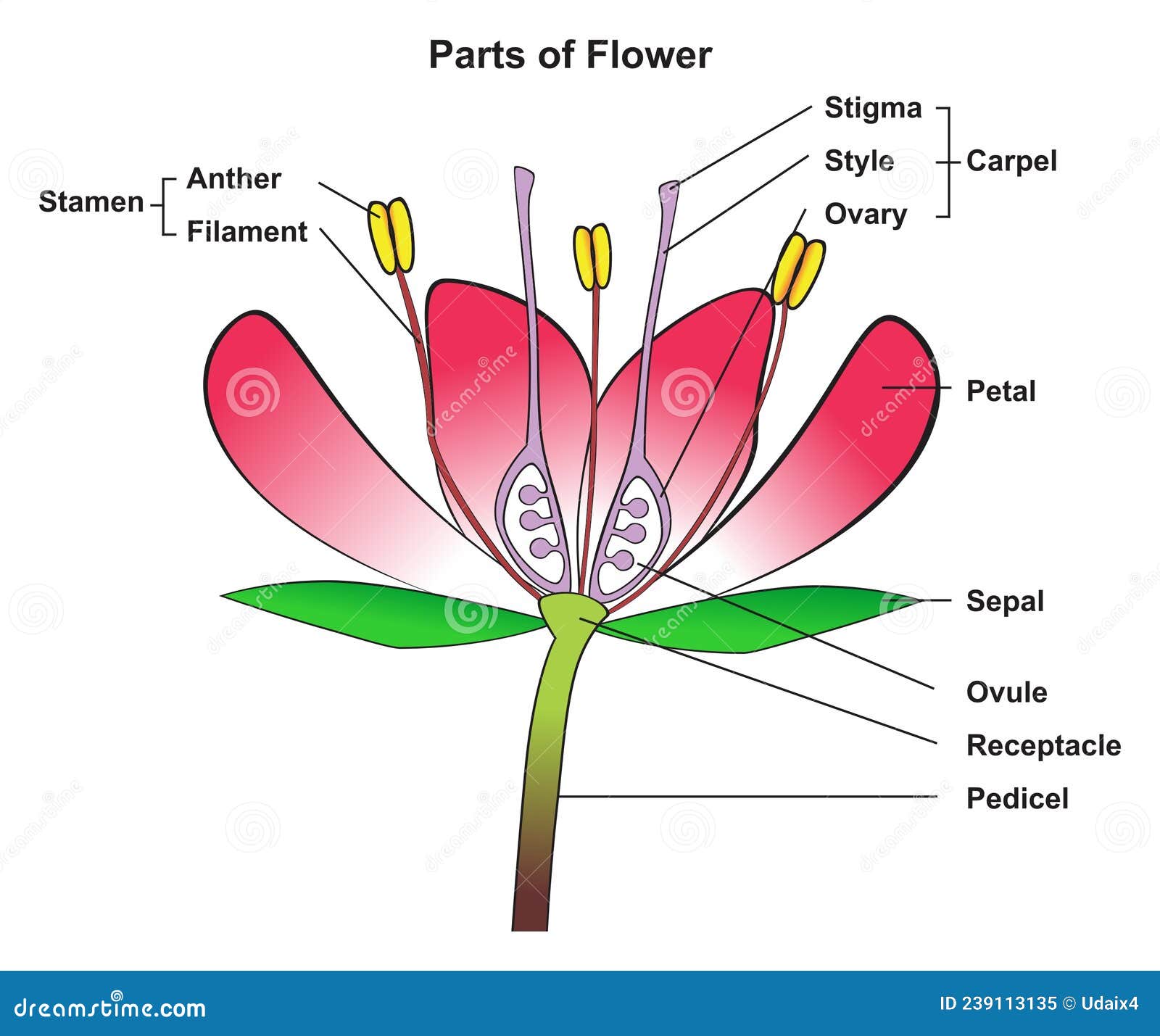
Parts of Flower Infographic Diagram Anatomy of Plant Stock Vector Illustration of concept
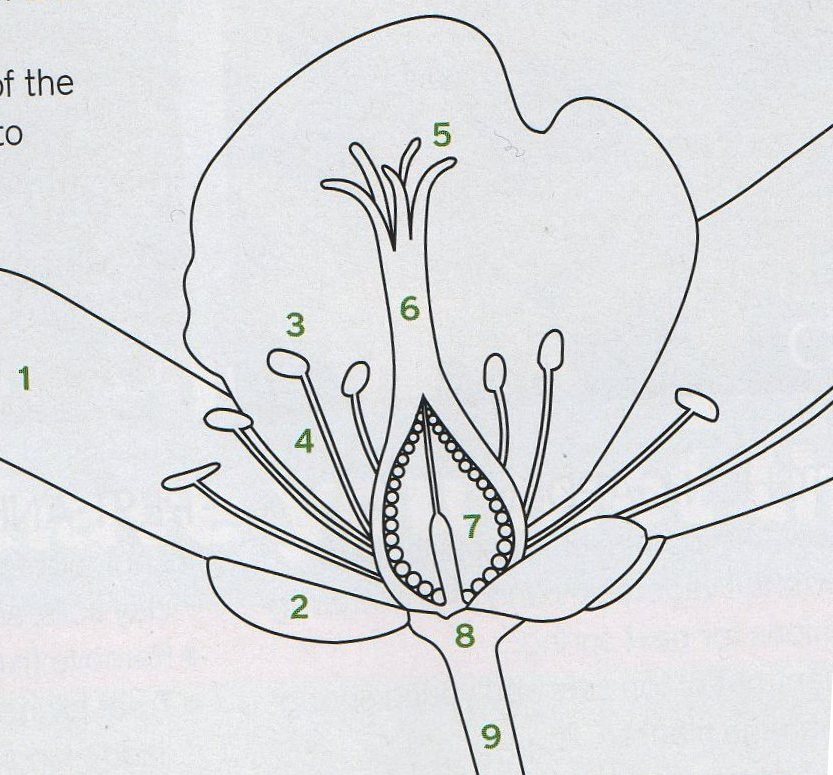
Flower Parts and Functions Gardeners Tips

Parts of a Flower — Mathwizurd
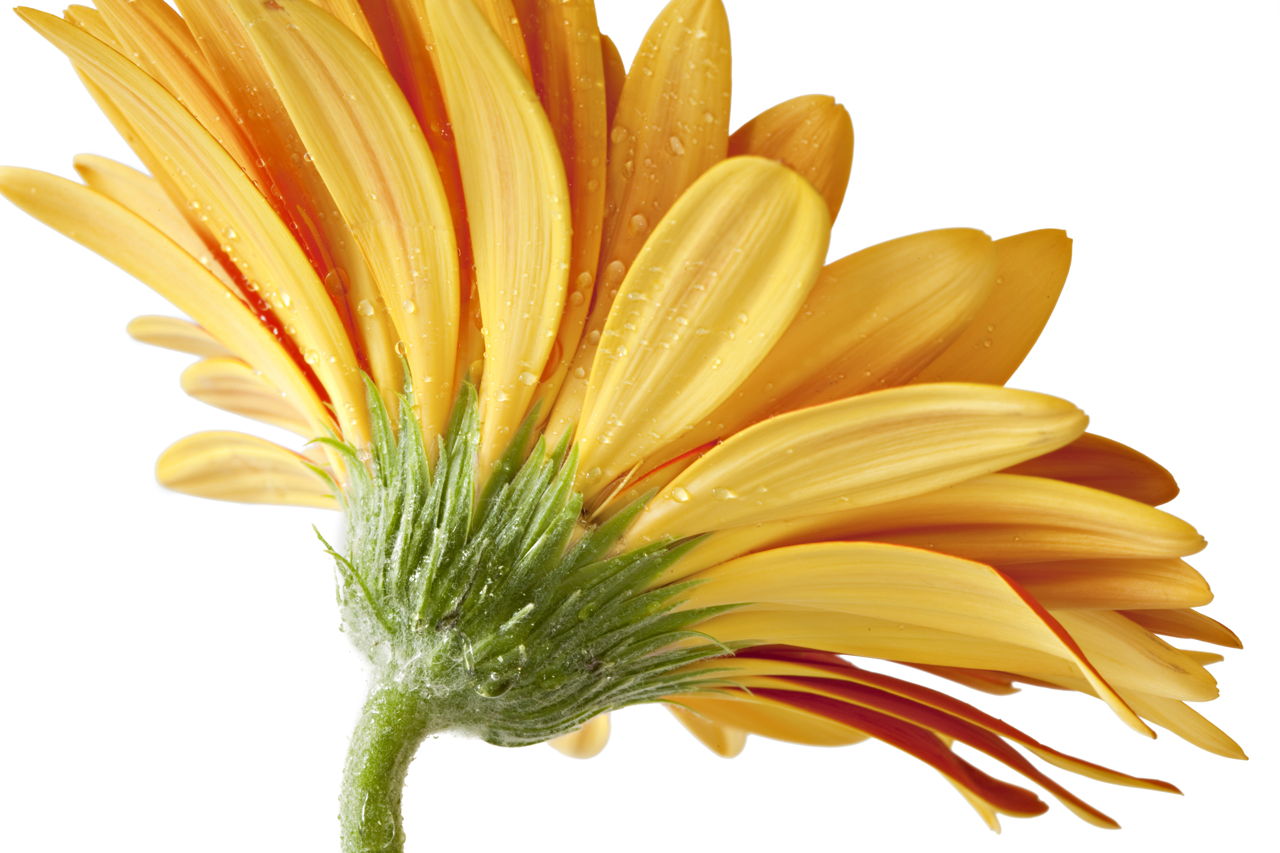
Parts of a Flower And Their Functions Explained With Pictures Biology Wise

Seeds, Fertilization

cross section of asteraceae flower. Recepticle. ray flowers, disk flowers, phyllaries Cross
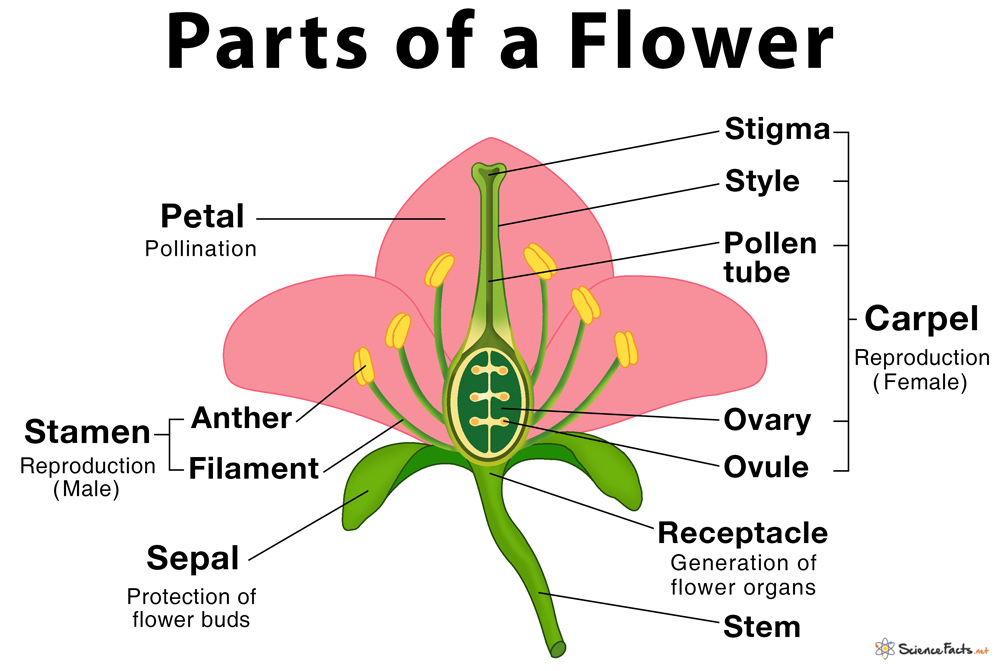
Parts of a Flower, Their Structure and Functions With Diagram
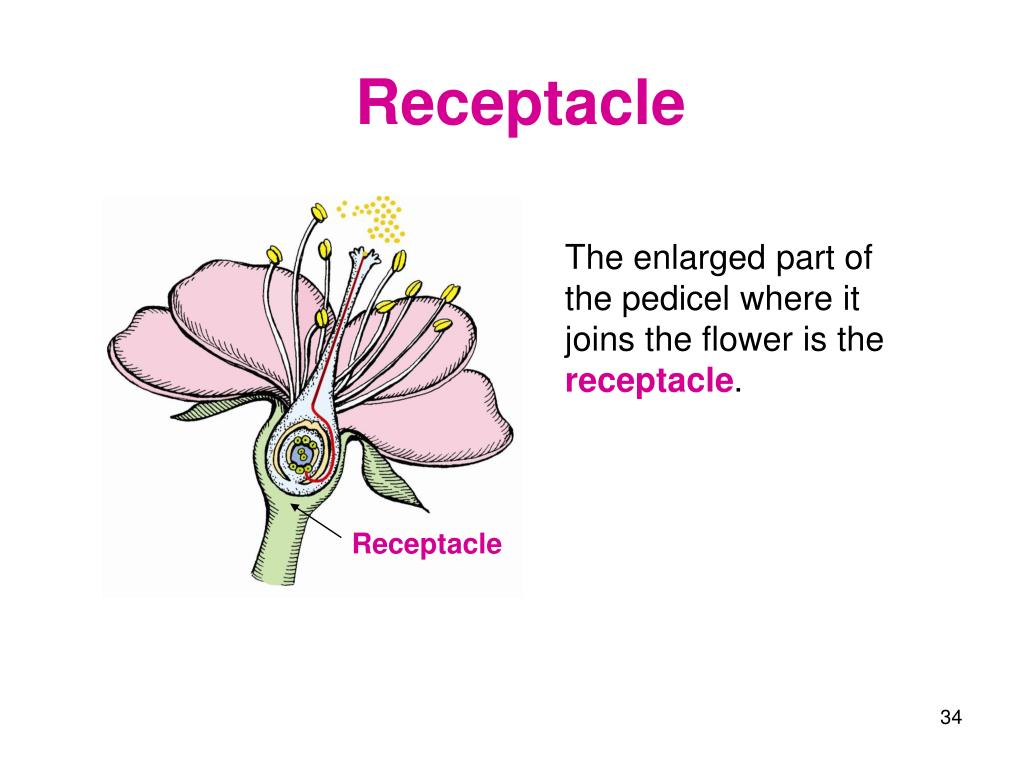
PPT Plant Science PowerPoint Presentation, free download ID7036498
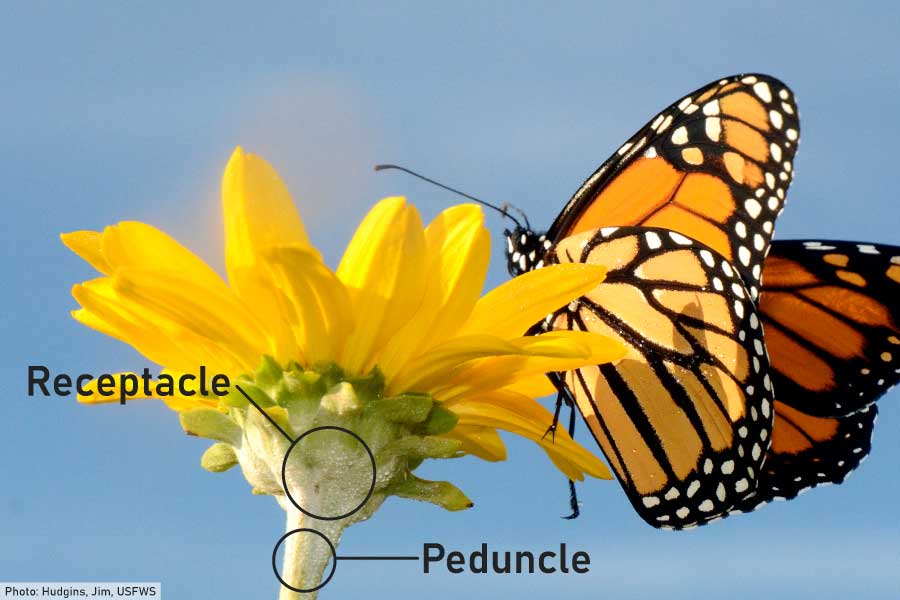
Parts Of A Flower Identified & Explained Diagram & Photos
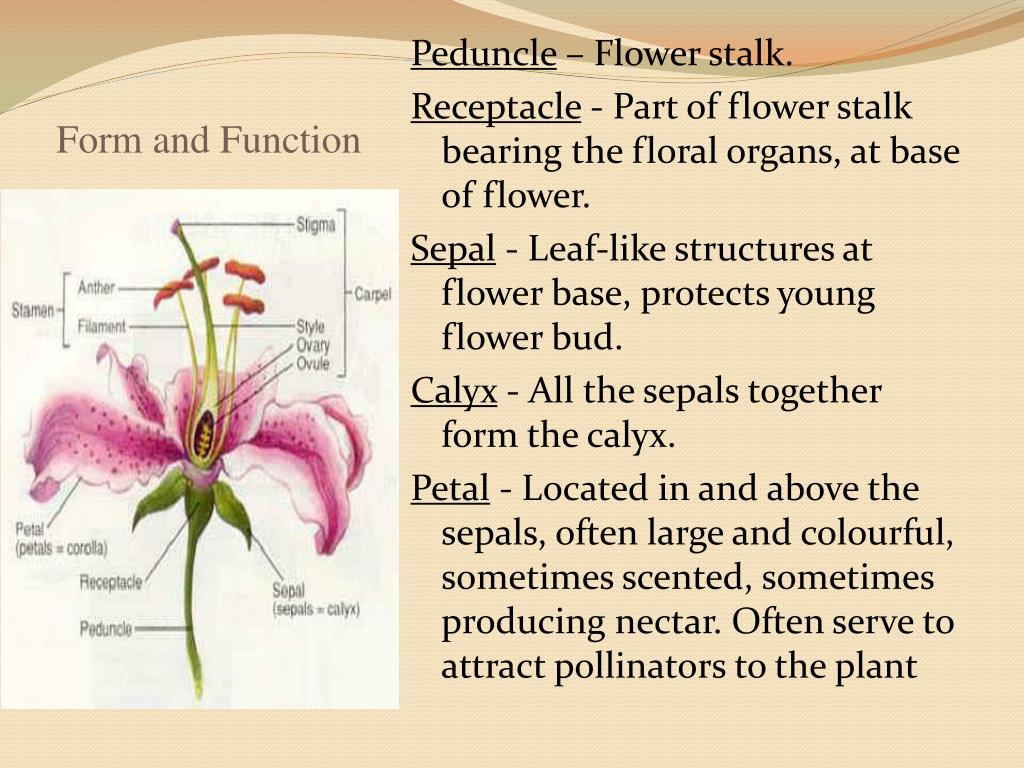
PPT Discovering Plants PowerPoint Presentation, free download ID2364166

PPT Parts of a Flower PowerPoint Presentation, free download ID1924607
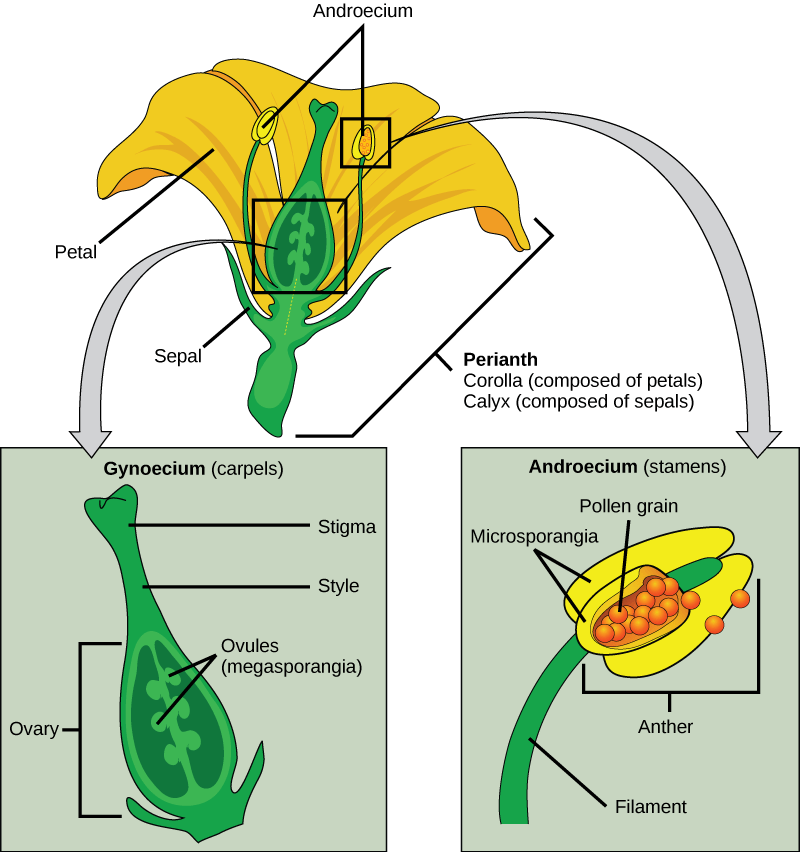
Plant Reproduction Organismal Biology
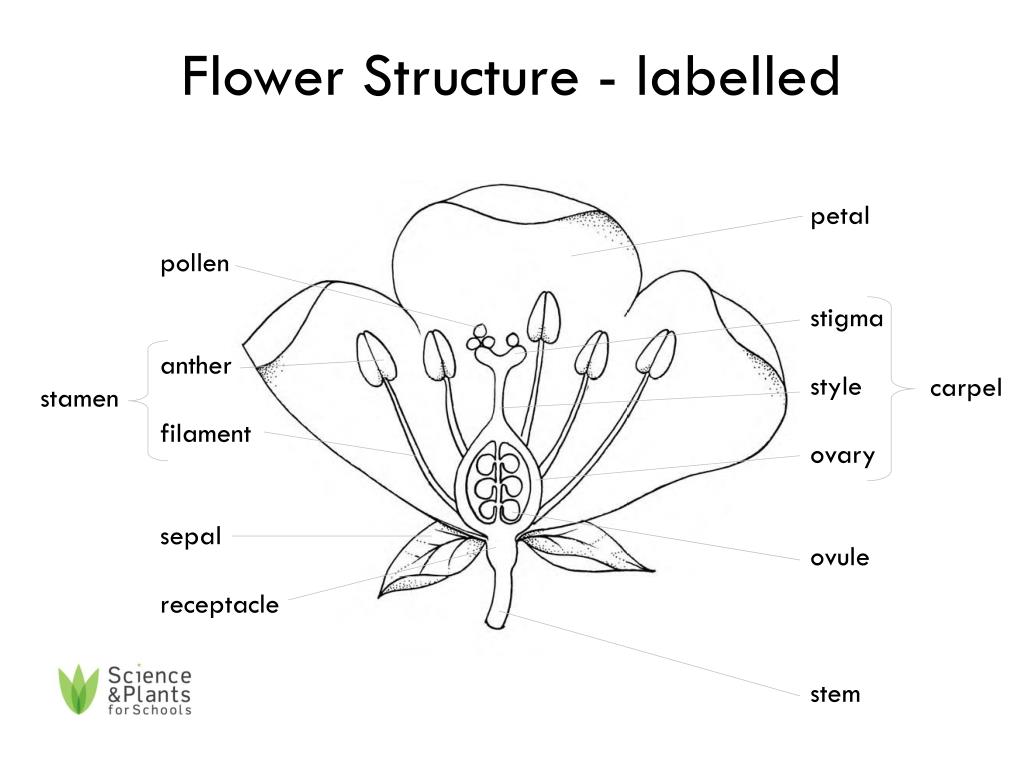
PPT Flower Structure labelled PowerPoint Presentation, free download ID2957195
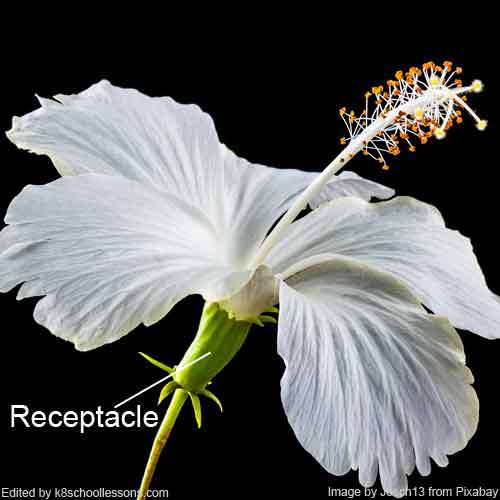
Parts of a Flower Flower Structure Science Lessons
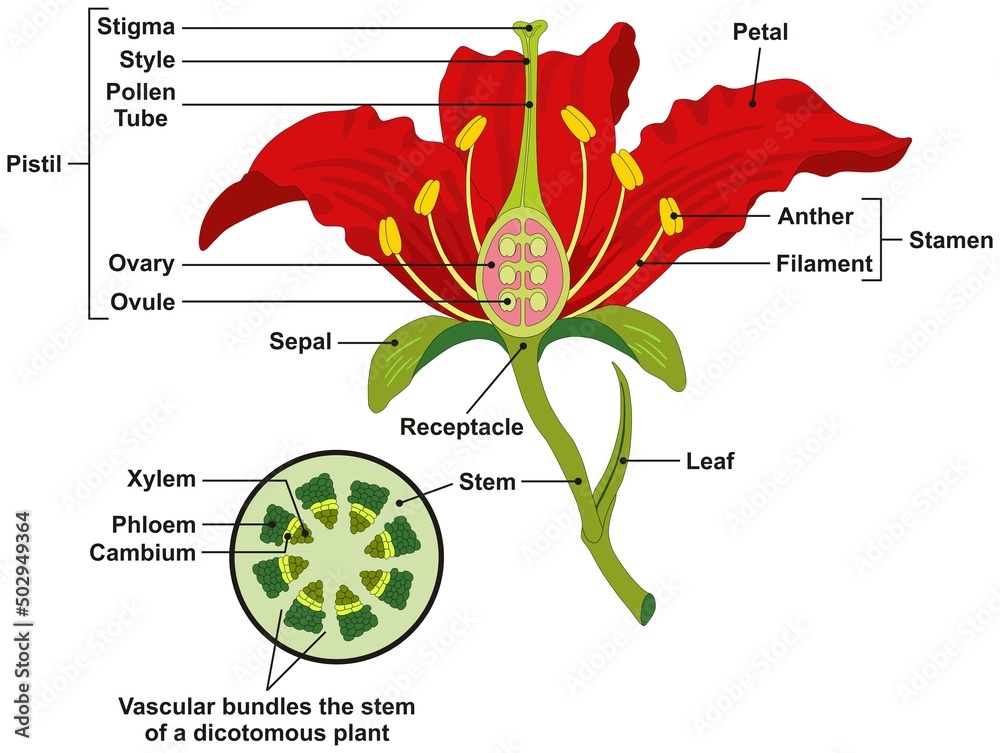
Common flower parts infographic diagram structure including stem leaf sepal receptacle stamen

Education The Sructure and the Function of Flower
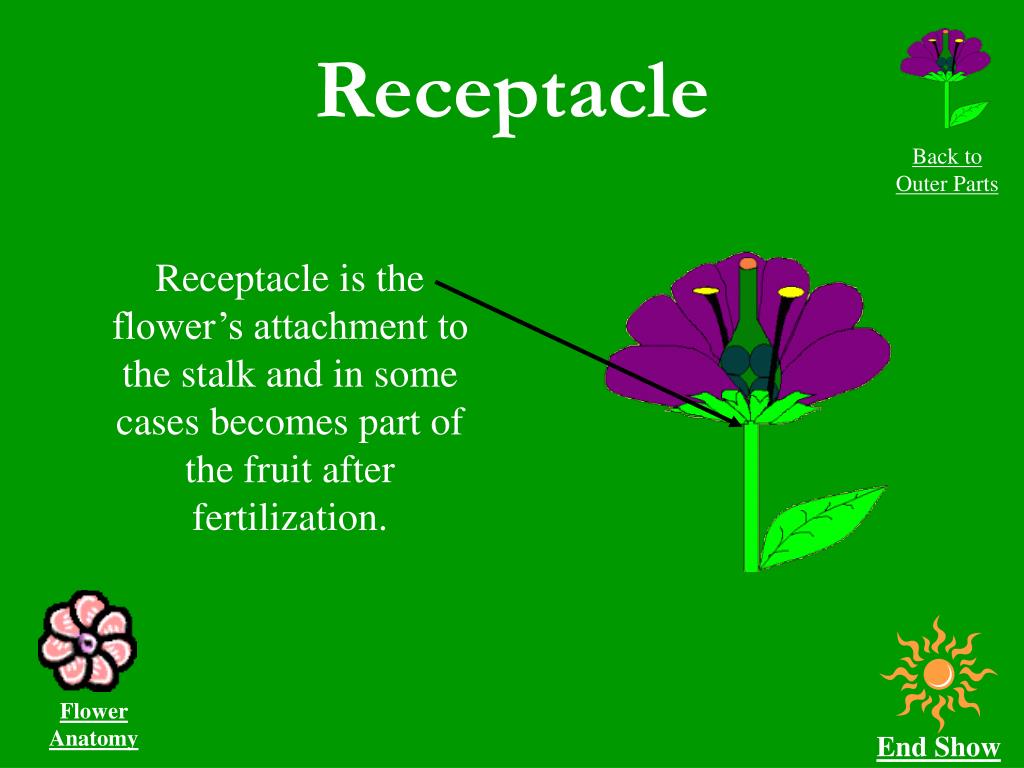
PPT Flower Anatomy PowerPoint Presentation, free download ID336398

How to draw longitudinal section of flower step by step Parts of flower How to labelling a
A typical flower has four main parts or whorls referred to as the calyx, corolla, androecium, and gynoecium. The outermost whorl of the flower has green, leafy structures known as sepals.. Receptacle. The receptacle is the axis (stem) to which the floral organs are attached. Floral organs are attached either in a low continuous spiral, as is.. A flower that has all four of the parts described above — Calyx, Corolla, Androecium, and Gynoecium — is called a "complete" flower. Flowers missing one or more parts are described as " incomplete .". We noted earlier that corn produces a flower without perianth. Such a flower could be described as "incomplete.".